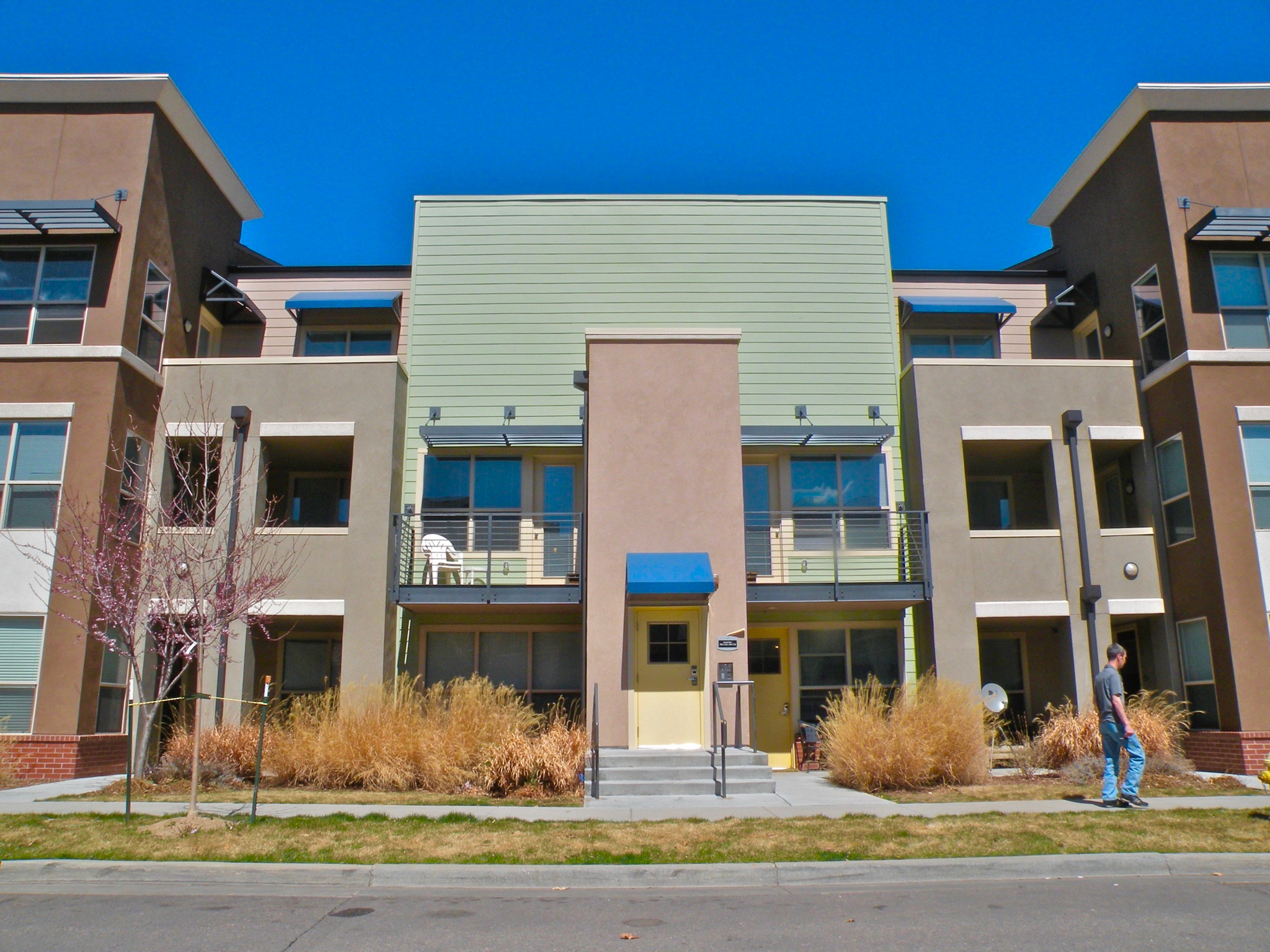Unfortunately the craft has by-and-large gone out of painting. These days every unskilled guy who is out of work calls himself a painter and the majority of those who do paint full-time are not interested in anything they can’t spray or paint with a four-inch brush. This obviously poses some problems if you are looking for a decent paint job for your old home. So, here are a few tips that have worked well for me.
There are basically two types of painting contractors: production painters who do large developments, rental properties, etc., and custom painters. Start with custom painters. Call a few and see if they have done a number of Victorians or homes similar to your own and make sure they sound “positive” about them. Omit the ones who don’t sound positive -- you have to love these buildings to paint them well.
Ask for references of jobs done 3 or 4 years ago and examples that you can look at. Go look and check the references. Then narrow your candidates down to three.
In making your choice, do let personality play a part in your decision. If you relate well to the painter, if you like the cut of his jib or if talking to him is easy, these portend success of the paint job. For example, if two people are equally qualified but one you like and the other you don’t feel so good about, you will be ten times happier with the former painter by the time the job is over. Also, choose someone who has a reputation to protect. These people will do it right (generally), because they don’t want to come back and fix it if the paint is peeling in three years.
Price should be dictated by the amount of labor and detailing involved. Be leery of the painter who wants to charge you so much for three colors, so much for four colors, and so on. Many times there is no more labor involved in adding another color other than opening another can of paint.
Write up a contract. Be very specific about what exactly will be done, particularly concerning the prep job. What is included: glazing? cleaning windows? replacing rotted wood? scraping, sanding and filling? Also set up a payment schedule (for example, 1/3 up front, 1/3 part way, 1/3 at completion). Be equitable but protect your interest. Set a time of completion... if not a specific date, then a time period. Put in a penalty clause if the work is not done on time. Painting your house will be a major disturbance in your life and you don’t want it dragged out.
Be careful of a low bid. An exceptionally low bid usually means that halfway through the job the painter will realize he is going to end up in the hole and he will get out as quickly as he can. If you have the time and knowledge, you can supervise the job and get good results, but it’s not a good situation if the painter knows he’s losing money. Remember, “you get what you pay for” -- use a painter with a reputation to uphold.























